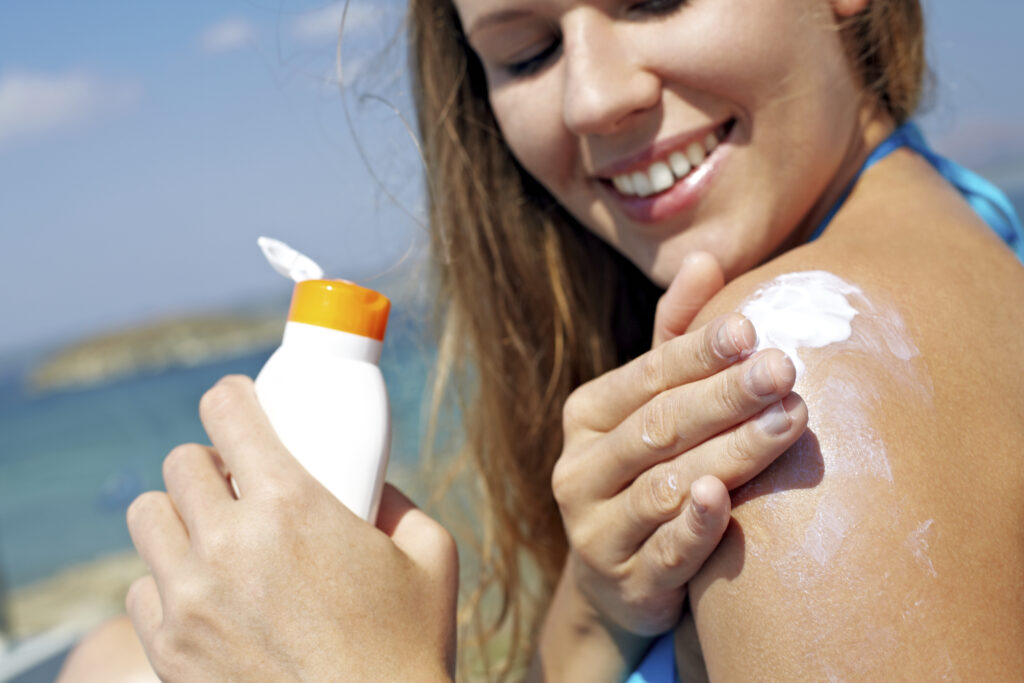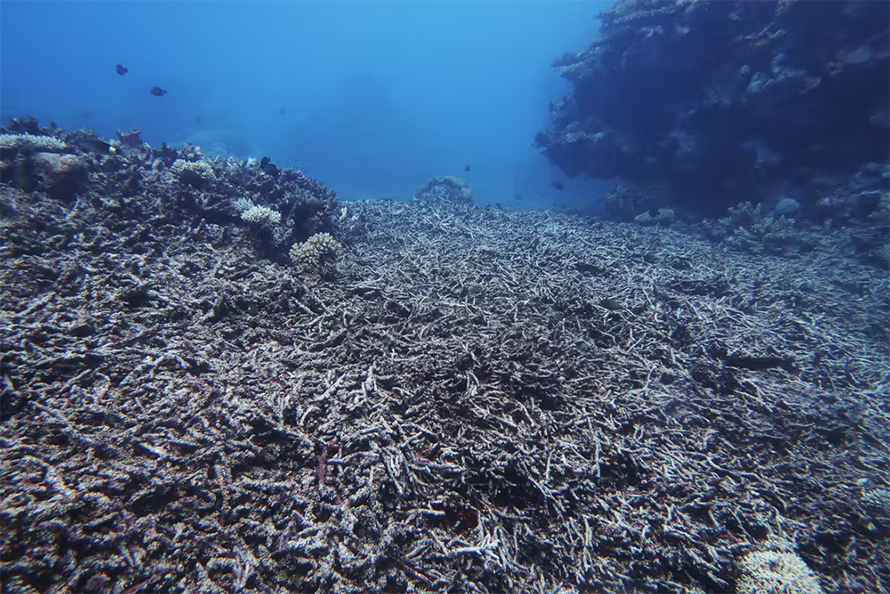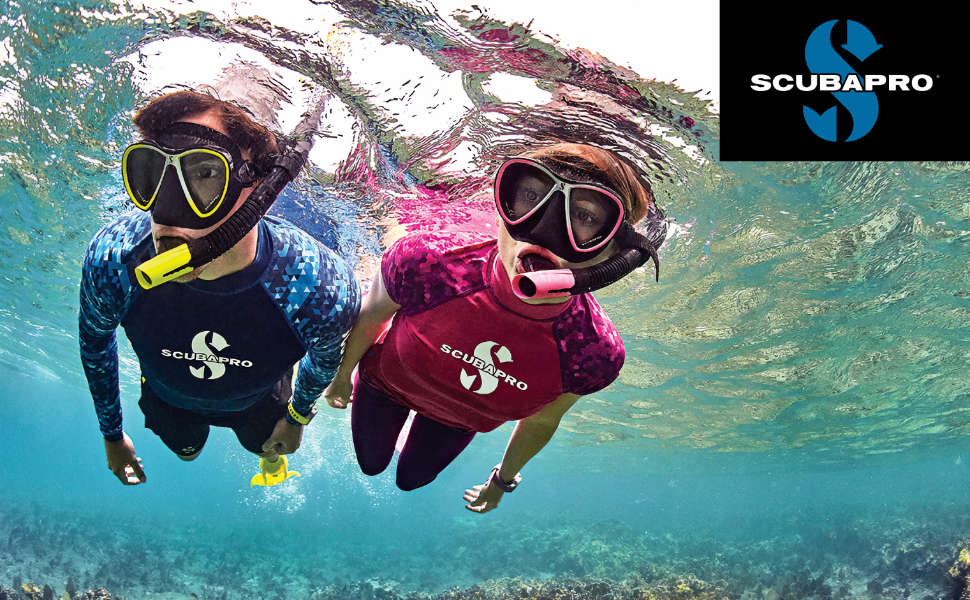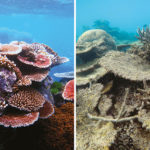Do you light up when the clouds part on an overcast day and those rays of sunshine hit your skin? Or do you prefer spending a day on the beach, having a family picnic in the park, or going for a hike in the mountains? We are all different with our own tastes and interests, but all of us are genetically programmed to enjoy spending time in natural sunlight. Your brain is actually wired to love feeling those rays of sunshine hit your skin. It triggers the production of dopamine, the happy hormone, helping you feel pleasure. It is evolution’s way of rewarding you to collect your daily dose of vitamin D.

However, there’s a catch. It’s not all sunshine and rainbows, haha. Besides visible light that you can see, and infrared radiation that you feel as heat, sunlight also contains harmful UV radiation. UV radiation is what gets you burned and increases your risk of developing skin cancer. Fortunately, the Earth’s atmosphere protects us from most UV radiation, up to 95%. Your body has a built-in defense mechanism as well. When exposed to an excess of UV rays, it will create extra melanin in the skin, which will absorb some of the harmful UV radiation. This is you getting tanned. Be aware though, there’s no such things as a healthy tan. A tan is actually a sign that your skin cells are in trauma and trying to protect themselves from more damage.
This is where sunscreen comes in. Sunscreen adds a necessary, extra layer of protection to your skin, to decrease the risk of getting burned of developing skin cancer. There are 2 types of sunscreens: Physical blockers – like titanium dioxide or zinc oxide – are minerals that are ground into fine particles, and act like a shield or mirror, literally reflecting UV rays away from your skin. Chemical absorbers on the other hand, form a protective film, that will absorb the UV rays before it hits your skin. Most sunscreens are a mix of these 2 types, in order to achieve maximum efficiency.

This is where we get to the core of our story. Not all ingredients in these sunscreens are harmless. It may comes as a surprise to some, but the sunscreen you apply on your skin is slowly killing our coral reefs. The main culprit is oxybenzone (Benzophenone-3, or BP3 in short), a chemical absorber that’s being used in 70% of sunscreen products. To find out what happens when corals come in contact with BP3, let’s first take a look at how BP3 protects us against UV rays. When applied to your skin, BP3 mainly absorbs UVB radiation, which is the shorter wavelength UV and is responsible for skin burning and increases the risk of developing skin cancer. It also absorbs UVA radiation, which because of its longer wavelengths, penetrates deeper into the skin and makes your skin age.
Scientists wanted to know how exactly BP3 damages corals, so they did a study in 2016. Because corals are very hard to experiment with, they used anemones as their test subjects instead. Anemones are biologically very similar to corals, even down to their symbiotic relationships with algae living in them. The researchers divided the anemones in 2 groups, exposed 1 group to artificial sunlight and kept the other group in the dark. After 17 days, all the anemones exposed to sunlight were dead, while the ones that had been kept in the dark were still alive. The scientists found that the anemones absorb the BP3 and convert it into phototoxins, molecules that are harmless in the dark but become toxic under sunlight. That’s pretty mind-blowing if you think about it. When we put BP3 on your skin, it protects us from the sunlight, but when corals absorb BP3, they convert it into phototoxins which will kill them when exposed sunlight.

Because of this, sunscreens containing BP3 have already been banned from some places. Hawaii, the US Virgin Islands, Key West, Thailand, Bonaire and Palau are the main ones. It’s a start, but not nearly enough. If you think that you as a single person are not part a problem, think again. Just one drop of BP3 in 6 Olympic sized swimming pools is enough to induce coral stress. If you know that yearly 5.000 tons of sunscreen is dissolved in coral reef waters, you start getting a feeling of how big the problem really is. If you live far from the ocean and think your sunscreen use is irrelevant, also think again. Some chemicals in the sunscreen can be absorbed through the skin and can be detected in your urine within 30 minutes of applying it. When flushing the toilet, these chemicals enter sewers and become part of the hydrological cycle. Combined with sunscreen wash-off from your skin under the shower, sunscreen pollution is inevitable, and will eventually end up in the ocean.
Evidently, the story is more complex then we’ve pictured it here. BP3 is the main ingredient to be blamed, but far from the only one. Other chemical absorbers that damage coral reefs are octinoxate and avobenzone. Octocrylene is bad for fish, corals, and other invertebrates. Many ingredients also damage seagrass and algae, critical habitats and food resources for reef fish and other marine life. Remember how we also talked about physical blockers in sunscreens, such as zinc or titanium oxide? If these particles are bigger than 100nm, they are safe to use, but it they are smaller than 100nm, they can be absorbed by corals and cause internal damage, coral bleaching and even change the DNA of corals.

Knowing all this, what can you do as an individual? More than you think. Here’s a few guidelines that you can follow:
- As much as you can, protect yourself from UV rays without the use of sunscreen. Use a hat to protect your head and neck, and UV protective clothing. The Ultraviolet Protection Factor (UPF) indicates how much UV radiation a fabric allows to reach your skin. For example, a UPF 50 fabric blocks 98 percent of the sun’s rays, reducing your exposure risk significantly.
- Finish using the sunscreen already purchased. It will end up in the environment regardless, so throwing is wasteful and ineffective.
- Be discerning. Most sunscreens that are marketed as environmentally friendly are not. Take a look at the ingredients and do your own research.
- Read labels carefully. Avoid sunscreens with the following chemicals: Oxybenzone, Benzophenone-1, Benzophenone-8, OD-PABA, 4-Methylbenzylidene camphor, 3-Benzylidene camphor, nano-Titanium dioxide, Methoxycinnamate, nano-Zinc oxide, Octinoxate, Octocrylene, homosalate, and octisalate.
- Do not use spray-on sunscreen. While spray-on sunscreens are popular for their easy application, they are one of the worst possible options. Much of the stream ends up in the environment without ever protecting anyone’s skin. They are also unhealthy to inhale.
- Choose plastic-free packaging. At least 14 million tons of plastic end up in the ocean every year, and 80% of all marine waste is plastic. Marine organisms ingest or are entangled by plastic debris, causing injuries and death. Companies concerned about the environmental impact of their product typically choose to avoid plastic packaging and containers, opting for recyclable, non-plastic options.
And of course, last but not least, share the message. Share this article on social media. Get the message out there and be part of the solution. As a dive instructor I’m privileged to spend almost every day on a boat, meeting people from all over the world. Many educated divers and snorkelers are not aware of this issue and it comes as a shock when we inform them about the damaging sunscreen they are applying to their skin.








